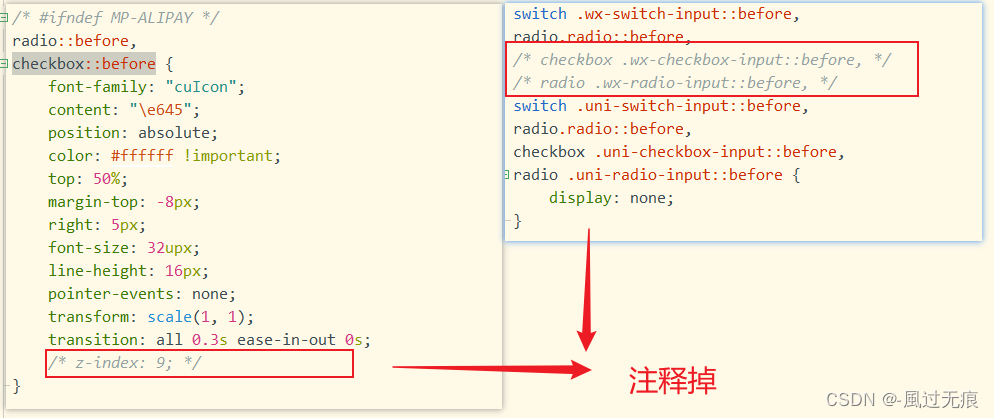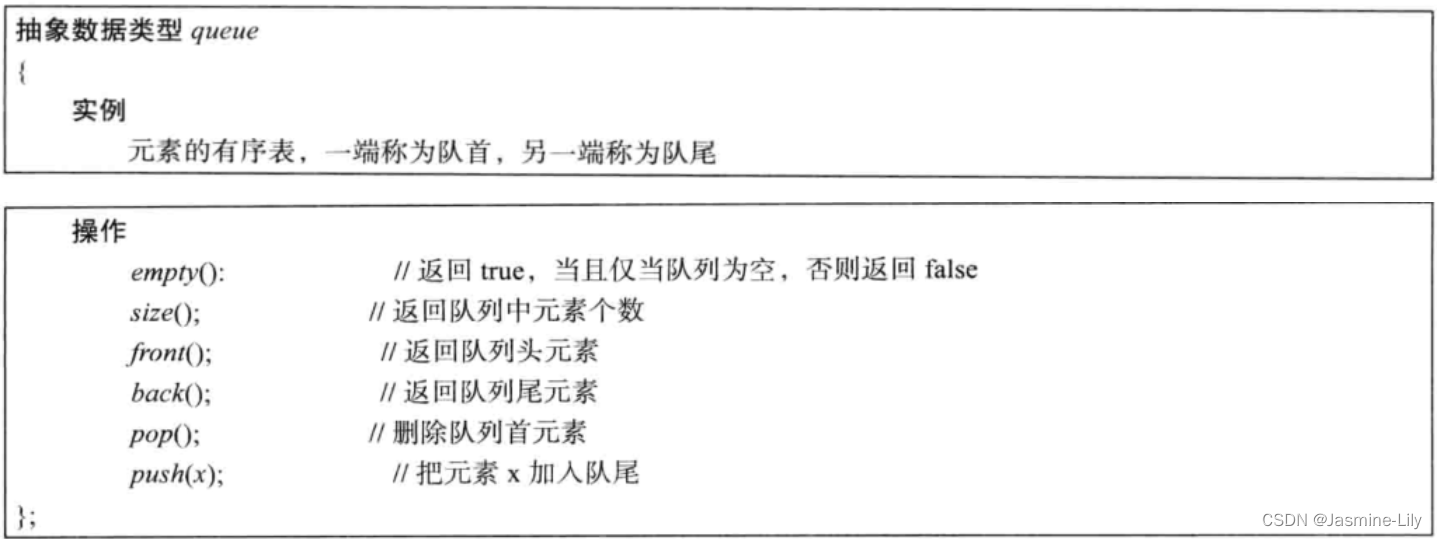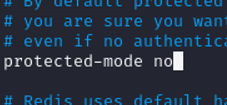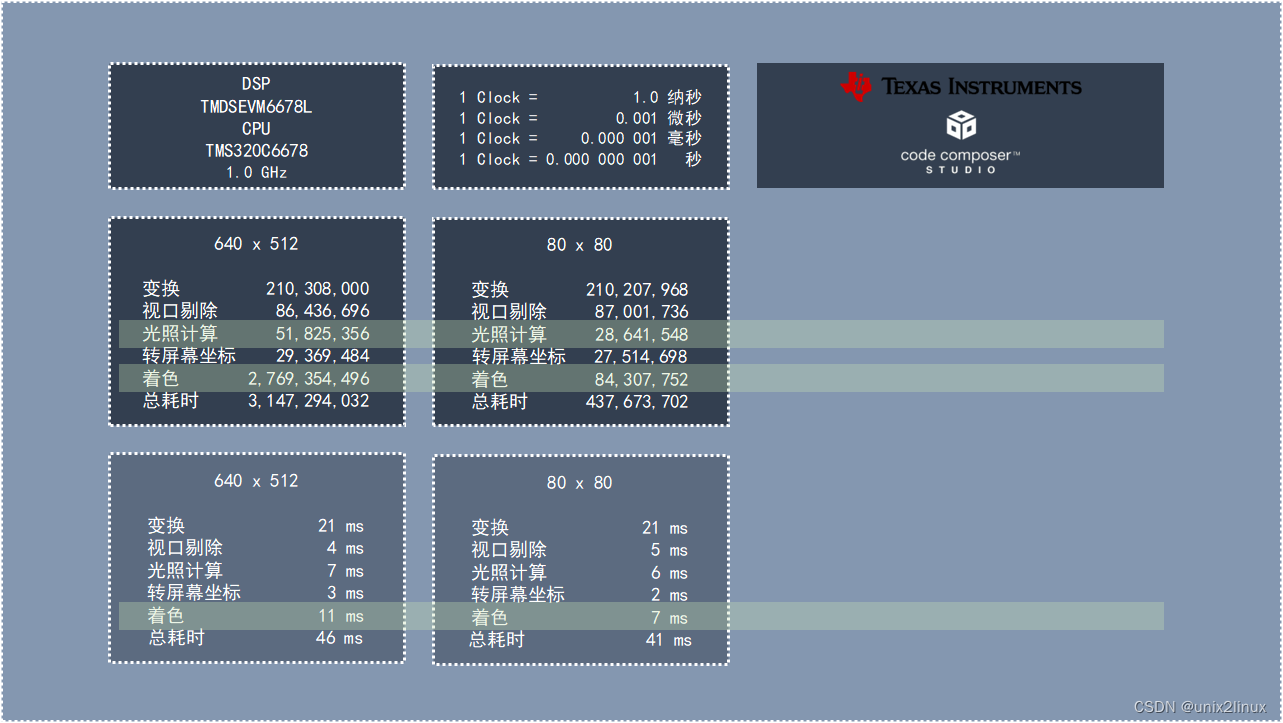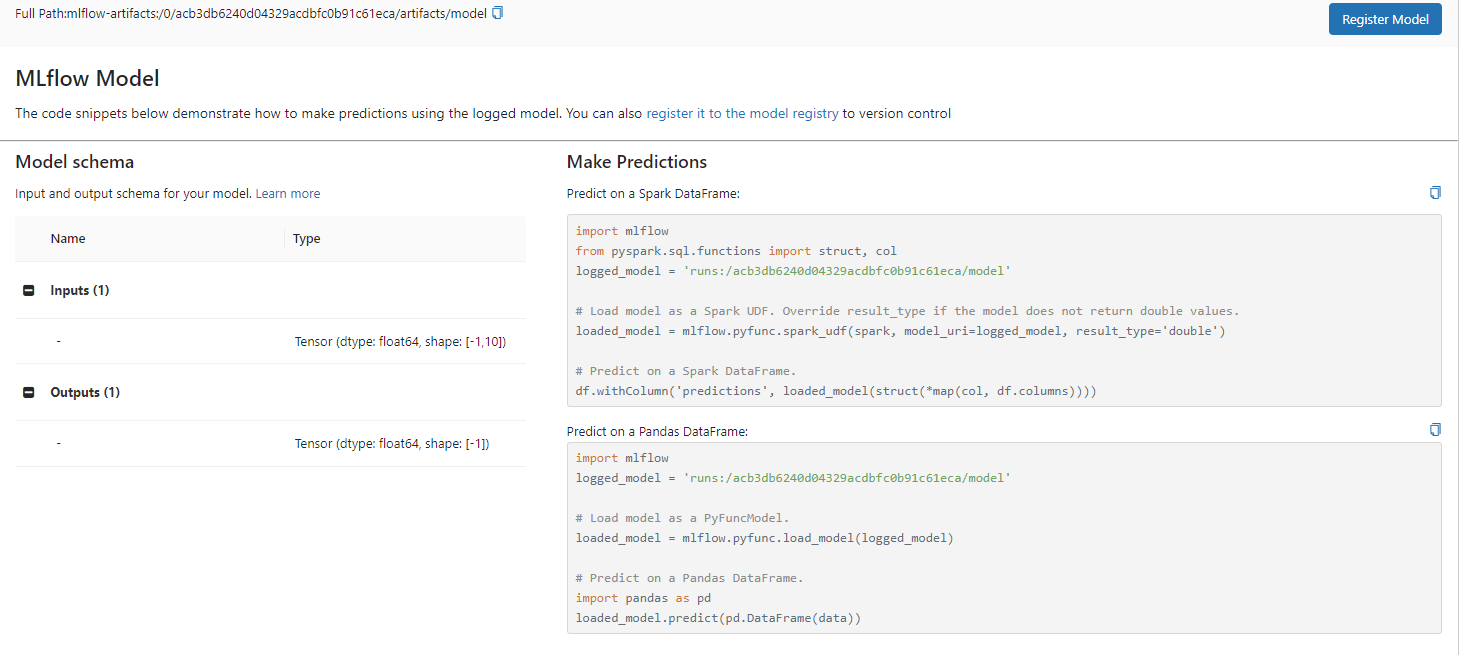分类预测 | MATLAB实现WOA-LSTM鲸鱼算法优化长短期记忆网络数据分类预测
目录
- 分类预测 | MATLAB实现WOA-LSTM鲸鱼算法优化长短期记忆网络数据分类预测
- 分类效果
- 基本描述
- 模型描述
- 程序设计
- 参考资料
分类效果





基本描述
1.MATLAB实现WOA-LSTM鲸鱼算法优化长短期记忆网络数据分类预测,运行环境Matlab2020b及以上;
2.基于鲸鱼算法(WOA)优化长短期记忆网络(LSTM)分类预测,优化参数为,学习率,隐含层节点,正则化参数;
3.多特征输入单输出的二分类及多分类模型。程序内注释详细,直接替换数据就可以用;
程序语言为matlab,程序可出分类效果图,迭代优化图,混淆矩阵图;
4.data为数据集,输入12个特征,分四类;main为主程序,其余为函数文件,无需运行,可在下载区获取数据和程序内容。
模型描述
WOA-LSTM(Whale Optimization Algorithm-Long Short-Term Memory)是一种利用鲸鱼优化算法来优化长短期记忆网络(LSTM)进行数据分类预测的方法。WOA-LSTM结合了鲸鱼优化算法和LSTM神经网络,以提高数据分类预测的准确性和效率。
鲸鱼优化算法是一种基于自然界中鲸鱼群体行为的启发式优化算法。它模拟了鲸鱼的迁徙、捕食和社交行为,并通过搜索空间中的随机跳跃和逐渐收敛的方式来寻找最优解。这种算法具有全局搜索能力和快速收敛性,适用于解决复杂的优化问题。
LSTM是一种递归神经网络(RNN)的变体,专门用于处理具有时间依赖性的序列数据。它通过使用门控单元来捕捉长期依赖关系,能够有效地处理分类数据,并在许多领域取得了显著的成果。
程序设计
- 完整程序和数据获取方式1:私信博主,同等价值程序兑换;
- 完整程序和数据下载方式2(资源处直接下载):MATLAB实现WOA-LSTM鲸鱼算法优化长短期记忆网络数据分类预测
% The Whale Optimization Algorithm
function [Best_Cost,Best_pos,curve]=WOA(pop,Max_iter,lb,ub,dim,fobj)% initialize position vector and score for the leader
Best_pos=zeros(1,dim);
Best_Cost=inf; %change this to -inf for maximization problemscurve=zeros(1,Max_iter);t=0;% Loop counter% Main loop
while t<Max_iterfor i=1:size(Positions,1)% Return back the search agents that go beyond the boundaries of the search spaceFlag4ub=Positions(i,:)>ub;Flag4lb=Positions(i,:)<lb;Positions(i,:)=(Positions(i,:).*(~(Flag4ub+Flag4lb)))+ub.*Flag4ub+lb.*Flag4lb;% Calculate objective function for each search agentfitness=fobj(Positions(i,:));% Update the leaderif fitness<Best_Cost % Change this to > for maximization problemBest_Cost=fitness; % Update alphaBest_pos=Positions(i,:);endenda=2-t*((2)/Max_iter); % a decreases linearly fron 2 to 0 in Eq. (2.3)% a2 linearly dicreases from -1 to -2 to calculate t in Eq. (3.12)a2=-1+t*((-1)/Max_iter);% Update the Position of search agents for i=1:size(Positions,1)r1=rand(); % r1 is a random number in [0,1]r2=rand(); % r2 is a random number in [0,1]A=2*a*r1-a; % Eq. (2.3) in the paperC=2*r2; % Eq. (2.4) in the paperb=1; % parameters in Eq. (2.5)l=(a2-1)*rand+1; % parameters in Eq. (2.5)p = rand(); % p in Eq. (2.6)for j=1:size(Positions,2)if p<0.5 if abs(A)>=1rand_leader_index = floor(pop*rand()+1);X_rand = Positions(rand_leader_index, :);D_X_rand=abs(C*X_rand(j)-Positions(i,j)); % Eq. (2.7)Positions(i,j)=X_rand(j)-A*D_X_rand; % Eq. (2.8)elseif abs(A)<1D_Leader=abs(C*Best_pos(j)-Positions(i,j)); % Eq. (2.1)Positions(i,j)=Best_pos(j)-A*D_Leader; % Eq. (2.2)endelseif p>=0.5distance2Leader=abs(Best_pos(j)-Positions(i,j));% Eq. (2.5)Positions(i,j)=distance2Leader*exp(b.*l).*cos(l.*2*pi)+Best_pos(j);endendendt=t+1;curve(t)=Best_Cost;[t Best_Cost]
end
参考资料
[1] https://blog.csdn.net/kjm13182345320/article/details/129036772?spm=1001.2014.3001.5502
[2] https://blog.csdn.net/kjm13182345320/article/details/128690229

